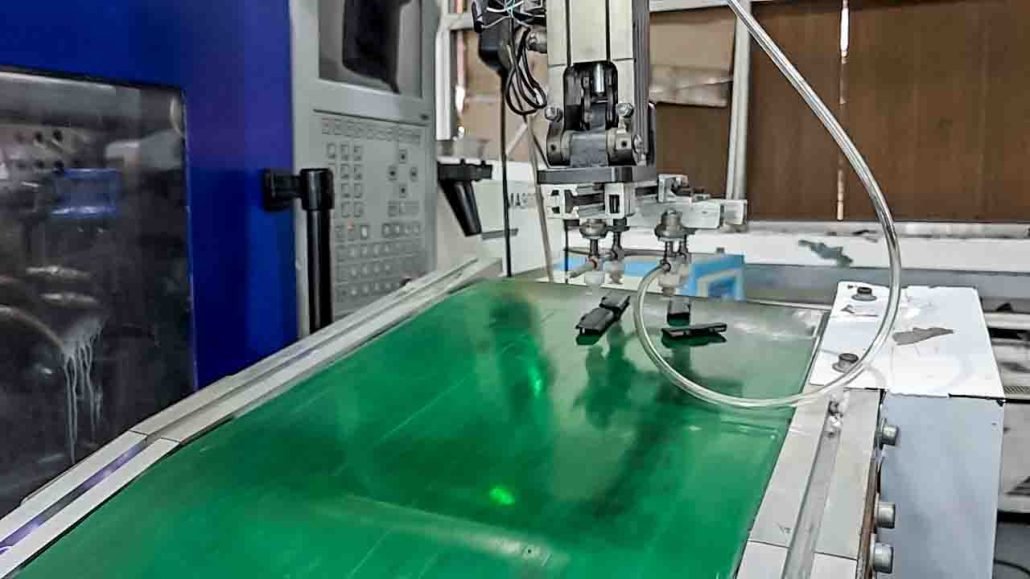Plastic injection molding is a manufacturing technique that has become a widespread industry worldwide. The process involves injecting molten plastic into a mold and forming a solid object. In this article, we will explore the history of plastic injection molding, its evolution over the years, and how it has become one of the most popular manufacturing techniques today.
Origin: The Early Days of Plastic Injection Molding
Plastic injection molding has its origins back in the 19th century when celluloid was the primary material used. Celluloid was a plastic material that was invented in the 1850s and was initially used to make billiard balls, combs, and other small items. However, celluloid was highly flammable, and manufacturers had to search for safer alternatives.
In 1872, John Wesley Hyatt invented a new plastic material made from a combination of cellulose and camphor. The new material was later named celluloid nitrate and was widely used to make photographic film, buttons, and other objects.
The injection molding process was developed a few decades later in the early 20th century. In 1907, Leo Hendrik Baekeland invented Bakelite, a synthetic plastic used for insulation and radios. Bakelite was the first thermosetting plastic, and it marked an important milestone in the plastics industry.

The Emergence of the Modern Plastic Injection Molding Process
The modern plastic injection molding process emerged in the 1940s, during WWII. The US military needed a reliable way to mass-produce lightweight parts for warplanes and other equipment. The solution came in the form of thermoplastics, which are plastics that can be melted and molded repeatedly.
In 1946, James Watson Hendry designed the first screw injection molding machine, which enabled continuous plastic processing. As a result, plastic injection molding became faster, more accurate, and more affordable. By the 1950s, plastic injection molding was being used to produce a wide range of products, from toys and household items to automotive components.
The 1960s and Beyond: Advancements in Plastic Injection Molding Technology
The 1960s marked a turning point in the plastic injection molding industry. Innovations in polymer science and technology made it possible to use new materials, such as polyethylene and polypropylene, which were cheaper and lighter than their predecessors.
The 1970s saw the introduction of computer-aided design and computer-aided manufacturing (CAD/CAM) systems, which revolutionized the plastic injection molding process. The technology allowed manufacturers to design and test prototypes more efficiently, reducing both time and cost.
In the 1980s, the introduction of multi-component molding machines allowed manufacturers to produce more complex parts with different colors and materials. Also, advancements in mold materials and coatings increased the life expectancy of molds, reducing the cost of production.
Advancements in plastic injection molding technology continued throughout the 1990s and into the 21st century. Today, the process is fully automated, and manufacturers use sophisticated software and simulation tools to optimize the injection molding process.

Plastic Injection Molding: The Future
As the demand for lightweight products and sustainable materials increases, plastic injection molding has a bright future ahead. Manufacturers are experimenting with new materials, such as bio-based plastics, and designing new machines that enhance the precision and efficiency of the process. Moreover, robotics and artificial intelligence are being introduced to further automate and optimize the process.
Conclusion
Plastic injection molding is one of the most versatile and widely used manufacturing processes in the world today. It has come a long way since its origins in the 19th century and continues to evolve with advancements in technology and material science. We hope that this article has been informative in shedding light on the history of plastic injection molding and how it has become an essential technique in the manufacturing industry.


